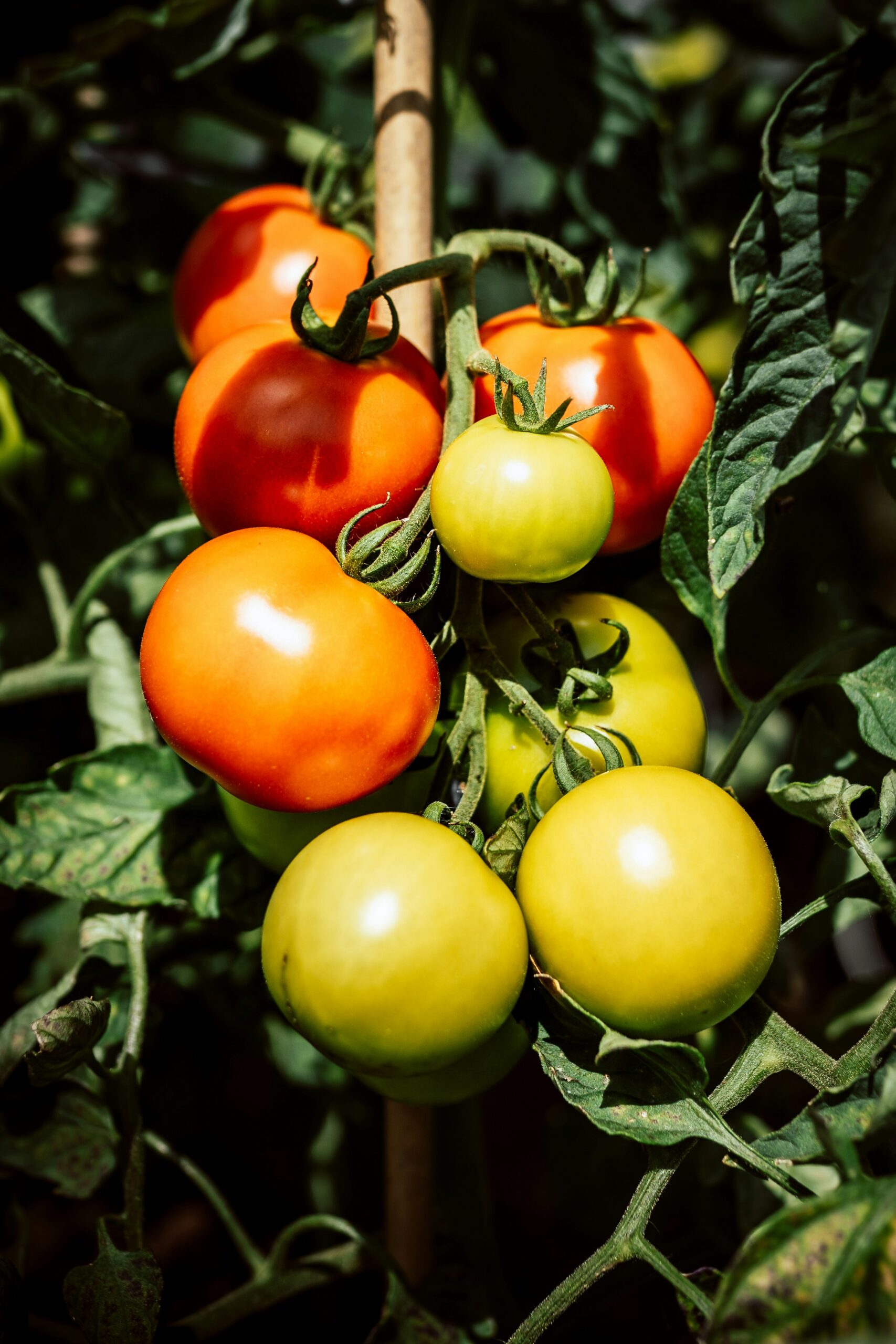A cluttered, almost overflowing kitchen is a recipe for aggravation. You open one cabinet and are met with row after row of Tupperware. You pull out a pot, everything else in the general vicinity comes crashing down, leaving you with some tidying up to do and ringing ears.
To regain control of your kitchen, it is crucial that you mull over how you can improve its overall organization from top to bottom, drawer by drawer, because it will do you a world of good and allow you to concentrate on the actual cooking.
Karen Davison, a professional chef from Plano, Texas, who has worked in various kitchens, restaurants, and roles throughout the United States, has cooked up some chef-inspired tips and advice to help you better organize your kitchen.
Start with the Cabinets and Drawers
First, walk over to each cabinet and empty its contents, Karen Davison suggests, taking note of what can be disposed of or donated. While you might be sentimental about that container that has been a superb servant over the years, there are likely a few identical items that can fill in the void. Approach your drawers with a similar no-nonsense demeanor and begin arranging all of the items on the floor, grouping them into categories like baking essentials, cooking utensils, glassware, etc. Then, with everything lying in front of you, consider a storing strategy and choose a resting place for each individual item. For example, utensils might be situated specifically near the food preparation area or the glassware can be arranged on a shelf closer to the refrigerator.
Crank Up the Creativity
Now, as you have progressed to the next step of re-stocking and re-filling those spaces that you emptied, it’s time to inject some creativity into the proceedings, Karen Davison states. Utilize containers to hold items that generally become separated and scattered, such as packets of sauce mixes, tea bags, oatmeal, and hot cocoa envelopes. Food that is packaged in mini boxes can be stored in clear plastic shoeboxes to the same effect. Another way to maximize space is by combining lids and containers together, assuming you can actually locate the matching pieces. If not, you can always keep the lids neatly stacked in one separate container. Your pots and pans should also have their proper lids resting on top of them. Finally, take advantage of the vertical space at your disposal, as hooks can be installed beneath cabinets and used to hold mugs above the countertop. Extra space within the cabinets themselves can provide you the option of putting hooks on the inside of cabinet doors as well. A rack is a terrific way to free up more space because you can hang your pots and pans on it or even use it for your collection of spices.
Refrigerator Ransacking
Before that one day of the week in which you put out your trash for pick up, have a look at your refrigerator’s contents and toss out whatever isn’t necessary, Karen Davison says. Expiration dates, on that languishing carton of milk in particular, will be an obvious priority, but you can also donate the food that is not expected to be sought out by anyone in the near future. A few minutes dedicated to this action will eliminate all of the extra items that eat up precious volume in your refrigerator and preserve the space for your freshly-purchased groceries. Go through the freezer section, too.
Re-Stocking the Refrigerator
To ensure your kitchen remains organized, research what foods last longer in the fridge or freezer and which foods can be left outside its cooling effects. By doing this, you will waste less food, store your ingredients expertly, and simplify your grocery shopping routine because you essentially have a means of tracking inventory, says Karen Davison. When you do put items into the fridge, be aware that there are suitable spots for different types of food. Your upper shelf should be somewhat reserved for dairy products because that is where the temperature is most consistent. Avoid storing eggs in the fridge door, seeing as how that is the warmest part of the refrigerator. Store your vegetables in the crisper drawer and a safe distance away from fruits that produce ethylene, like apples. At the bottom of the fridge, where it’s coldest, your meat can sit comfortably and prevent any potential leaks from contaminating other foods. One last chef-inspired tip on organizing your refrigerator: position the most recently cooked food behind earlier leftovers, as it will ensure everything is eaten in a timely manner.
Stick to Your Zones
Much like the cabinets and drawers that are now storing certain items, your other kitchen zones need to be finalized, Karen Davison points out. Your countertop must have an appropriate area for the prep work involved in cooking, another one for the coffee maker and kettle, and of course, a spot reserved for the microwave. To make all of your zones highly effective, do your best to keep the ingredients, items, and foods that correlate to these areas in a close proximity to each other. Some ideas for your zones can be: everyday items (plates, bowls, cups, cutlery, and glassware), cooking items (pots, pans, dishes, cutting boards, wooden spoons, measuring cups, spatulas, mixing bowls, and other baking essentials), pantry (dry goods, spices, and larger kitchen tools), accessories and storage (Tupperware, food wrap, Ziploc bags, tin foil, and food storage), coffee and bar (coffee cups, pods, coffee accessories, a Keurig, coffee pot, wine glasses, shot glasses, and other glassware) and beneath the sink (cleaning supplies, additional hand soap, garbage bags).
Don’t Deviate, Says Karen Davison
You have developed a fine system to organize your kitchen, but it is vital that you are constantly sticking to it and maintaining an organized area. After you have become comfortable and are prepared to add to it, you can up the creativity yet again. Perhaps you are suddenly seeking some rotating trays to hold your oils, vinegars, spices, vitamins, medications, or other cooking ingredients. Maybe a drawer divider caught your eye during a recent shopping spree. Or you can’t resist purchasing that lazy-Susan that has been on your mind. Remember, it’s your kitchen; own it.


 Tips & Advice4 years ago
Tips & Advice4 years ago
 News & Stories3 years ago
News & Stories3 years ago
 Restaurants3 years ago
Restaurants3 years ago
 Recipes3 years ago
Recipes3 years ago
 Kitchen Gadgets3 years ago
Kitchen Gadgets3 years ago
 Kitchen Gadgets3 years ago
Kitchen Gadgets3 years ago
 Kitchen Gadgets3 years ago
Kitchen Gadgets3 years ago
 Chefs4 years ago
Chefs4 years ago





